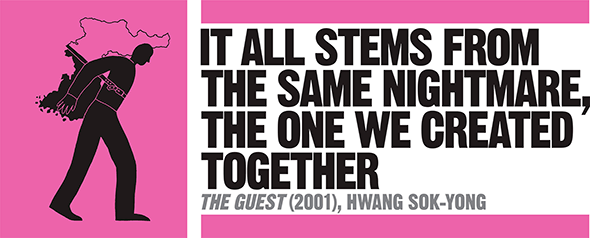The Literature Book (Big Ideas Simply Explained) (2016)


IN CONTEXT
FOCUS
The 38th parallel
BEFORE
1893 Literature in Korea emerges from the cultural shadow cast by classical Chinese literature. The first Western work of fiction printed in Korean is John Bunyan’s The Pilgrim’s Progress, which precedes even a translation of the Bible, published in 1910.
1985 Hwang Sok-yong’s The Shadow of Arms is an account of black-market trading during the war in Vietnam (another East Asian country split between north and south).
1964-94 Park Kyong-ni’s epic 16-volume historical novel The Land depicts the struggles of Koreans under Japanese oppression.
AFTER
2005 North and South Korean authors attend a joint literary congress for the first time.
After Japan’s surrender at the end of World War II, a line of latitude that crosses the Korean Peninsula, the 38th parallel, was chosen as the dividing line between Soviet and US occupation zones, and is still roughly in effect as the border between North and South Korea.
The post-war generation of South Korean writers embraced a traditionalist movement that looked back at an idealized past. But this nostalgia was rejected by the writers of the 1960s, who sought to engage with the psychological damage of recent Korean history: the Japanese occupation (1910- 45), the Korean War (1950-53), and communist rule in the north.
Evils from abroad
In his novel The Guest, Hwang Sok-yong (1943-) deals with the real-life Korean War massacre at Sinchon, in what is now North Korea. The novel’s Korean-born protagonist, a Christian minister living in the USA, returns to visit the site, along with the ghost of his brother. He discovers the truth of the atrocity: it was not perpetrated by US forces, but was a result of fighting between Christian and communist Koreans themselves.
Christianity and communism are seen as foreign “guests” that have turned Koreans against each other; and the Korean word for guest refers also to smallpox, another plague from the West that ravaged the country. The novel’s 12-part structure mirrors that of a shamanistic ritual to cure smallpox, known as a “guest exorcism”.
"Ever since we were children we have known that the Guest is a Western disease."
The Guest
See also: The Heartless